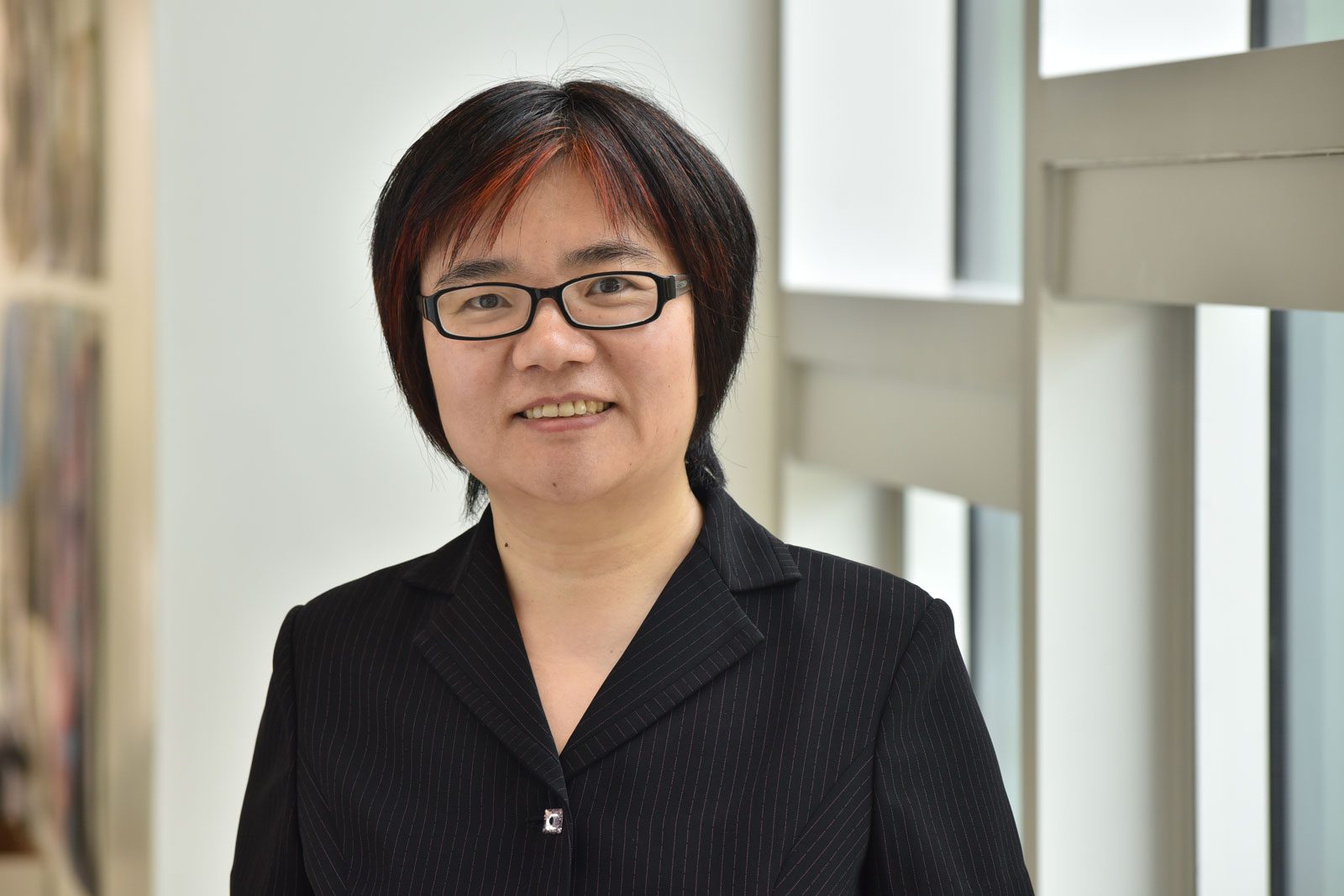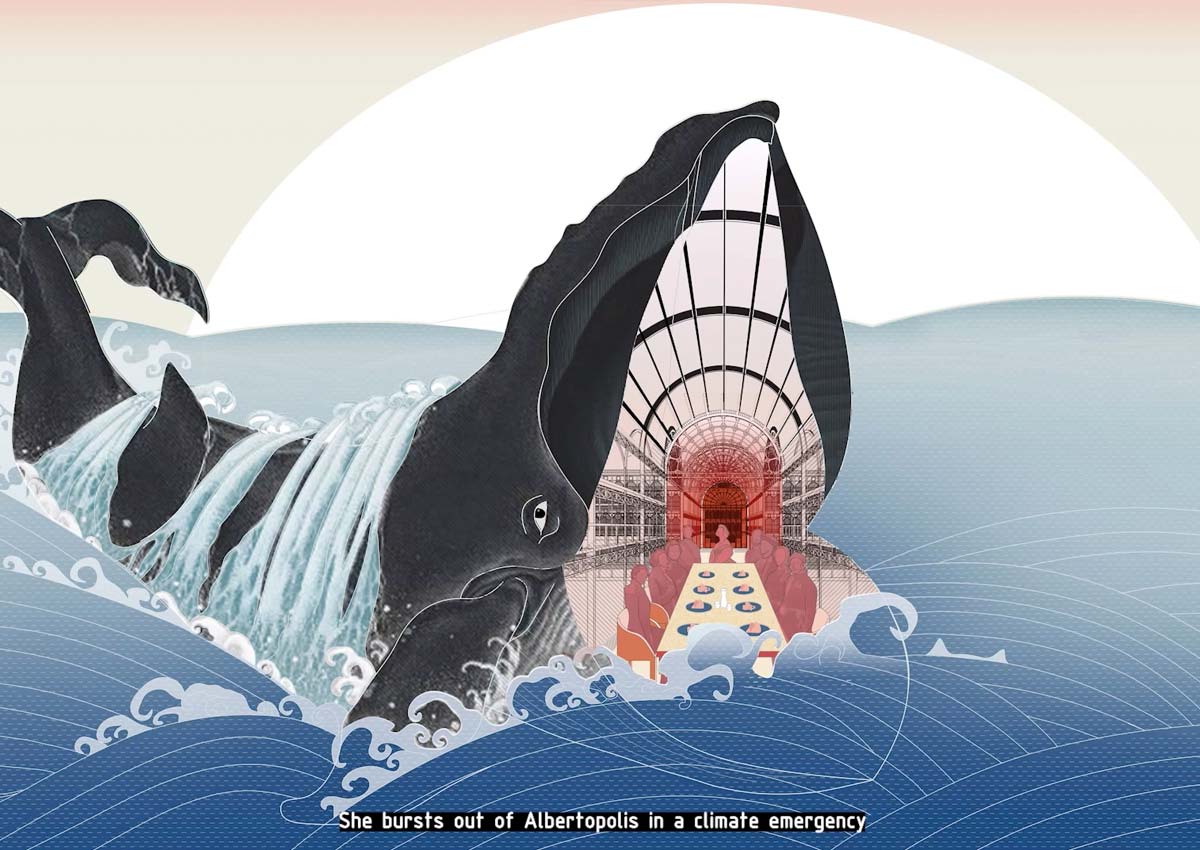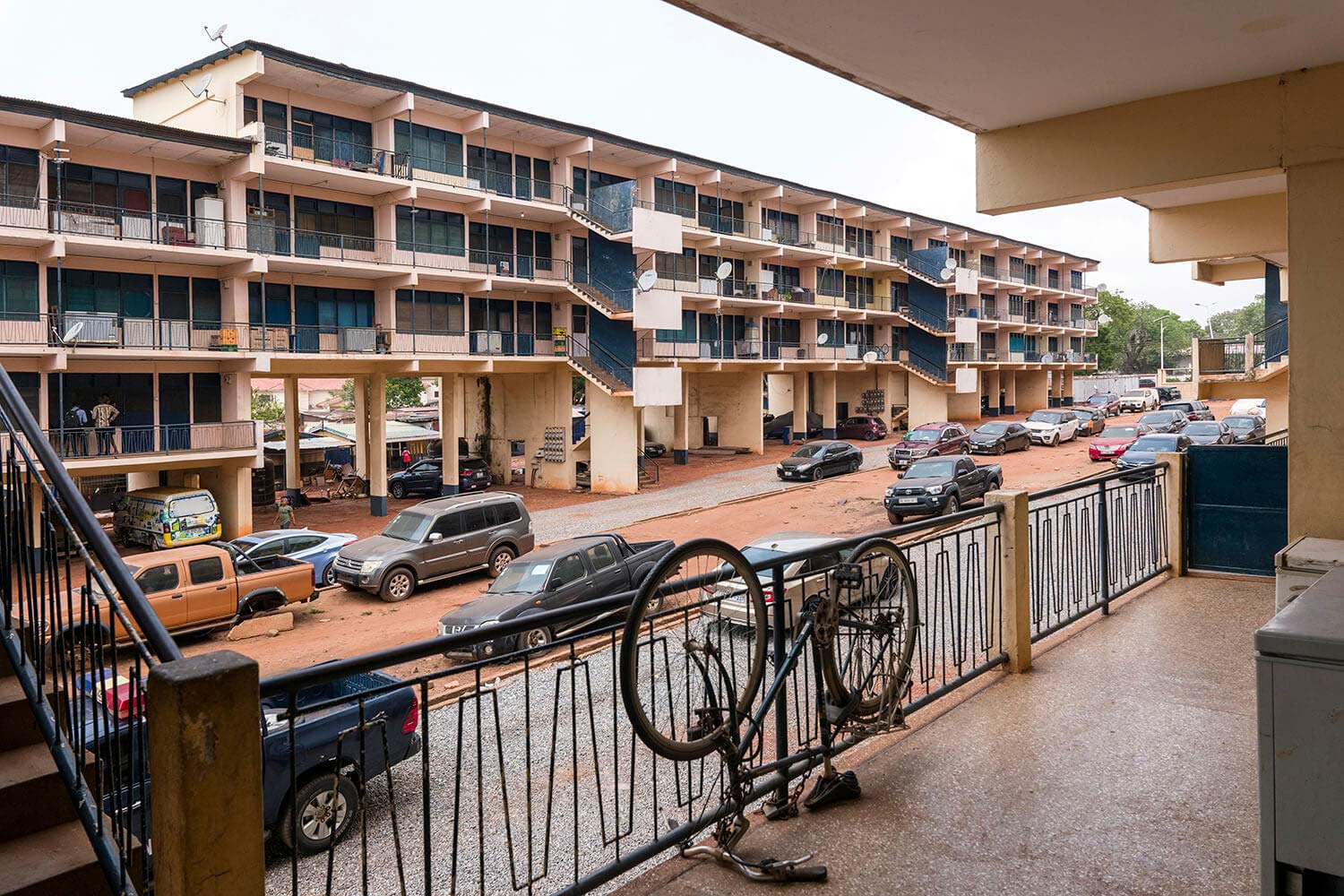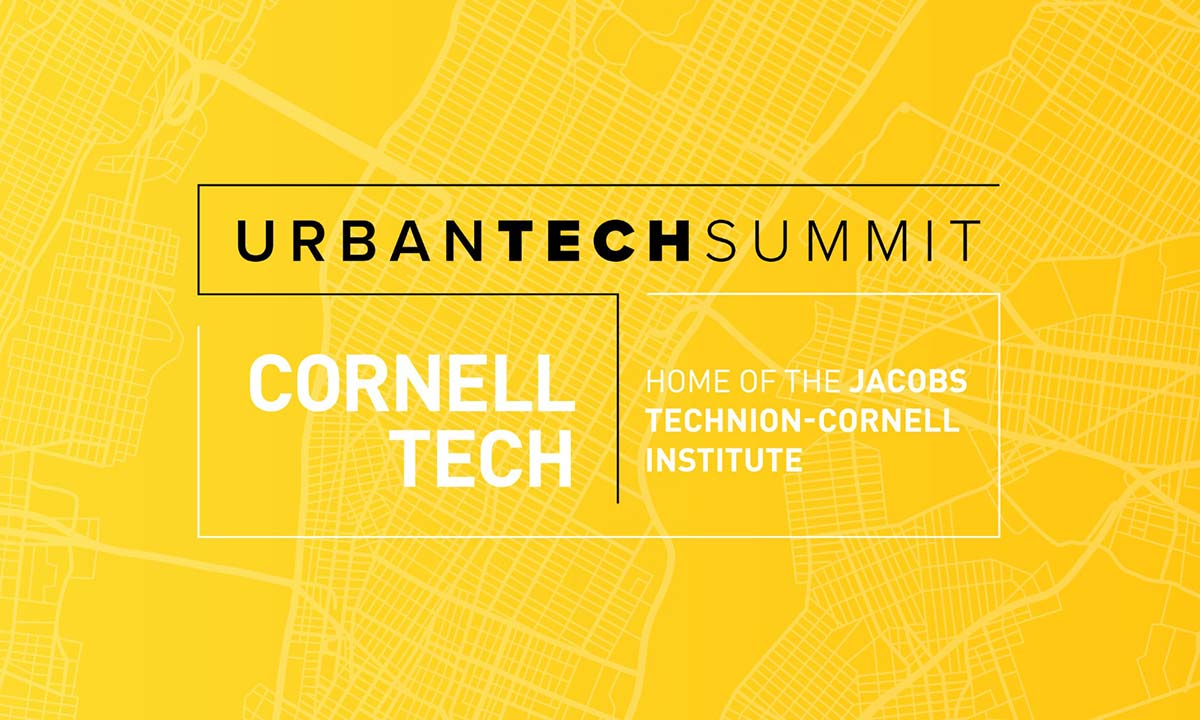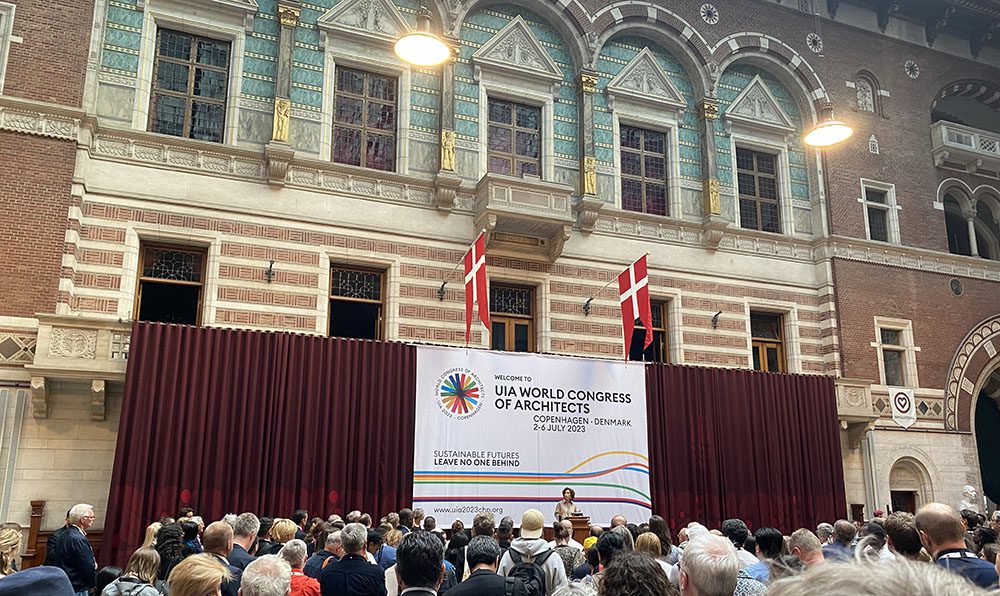
Travel Grant Helps Katie Bailey and Joe Johnston Share Work on Passive Direct Air Capture
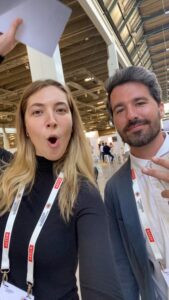 With the assistance of funding from the Taubman College Student Conference Travel Grant, Katie Bailey, M.Arch ’23, and Joe Johnston, M.Arch ‘24, traveled to the 2023 ACSA/EAAE Teachers Conference in Reykjavík, Iceland, and the 2023 UIA World Congress of Architects in Copenhagen, Denmark. The conferences afforded them the chance to discuss their experience in a particular course and to present the work that came out of that course respectively.
With the assistance of funding from the Taubman College Student Conference Travel Grant, Katie Bailey, M.Arch ’23, and Joe Johnston, M.Arch ‘24, traveled to the 2023 ACSA/EAAE Teachers Conference in Reykjavík, Iceland, and the 2023 UIA World Congress of Architects in Copenhagen, Denmark. The conferences afforded them the chance to discuss their experience in a particular course and to present the work that came out of that course respectively.
At the ACSA/EAAE Teachers Conference, Bailey and Johnston appeared on a panel discussing a paper they authored with Meredith Miller, associate professor of architecture at Taubman College. “Out of Practice: Learning Through Entrepreneurial Tools” looks at the pedagogy of Miller’s experimental graduate seminar, Out of Practice, in which Bailey and Johnston were students.
“Meredith Miller’s class is really special,” said Bailey. “You don’t get the business experience in architecture school very often. So much for the time projects are theory-based, and you think, ‘This would be a cool thing to do.’ But with our project in her class, we got to reach out to people and try to make it happen.”
Miller’s course adapts methods from evidence-based entrepreneurship (EBE) to help students learn ways to leverage their design expertise beyond traditional architectural practice. Recent course iterations have applied these methods to understanding emerging decarbonization efforts in the building design and construction industry, situated within the wider context of contemporary climate science, climate policy, and material culture.
In addition to presenting about a class they found particularly impactful, Bailey and Johnston appreciated the opportunity to learn from architecture educators.
“It was interesting to see how much research is done on providing us with the classes we take. I guess we take a little for granted the amount of research and work it takes to create our classes,” Johnston.
At the UIA World Congress of Architects, Bailey and Johnston presented their project developed in Miller’s seminar, “Passive Direct Air Capture: Breathing Cities.” The project looks at an alternative use for the Orca, the first large-scale DAC plant designed to remove CO2 from the air, pioneered by Climeworks in 2021. DAC companies aren’t yet positioned to reach their scalability goals, partially due to the site preference of remote areas near renewable energy sources. The project is focused on addressing the scaling challenges of DAC plants. They apply the current filter within the urban context, calculating the potential of funneling high-speed passive wind in skyscraper blow-throughs and at the top of tall buildings into DAC filters. By mapping out various methods of how CO2 can be sequestered locally in each region of the US, it reveals how this technology can be scaled to make a significant impact.
They found the contacts they made and discussions they had at the UIA conference particularly enlightening.
“We met someone from the Ghana Institute of Architects. He was interested in how carbon capturing can work in Ghana and how regional differences can affect our project. We’ve been so focused on the United States, so that was interesting, and we hope to keep following up with him,” said Johnston.
Bailey added, “Looking at it regionally is exciting, just thinking about the different opportunities that could come about to apply our work in different countries and cities worldwide.”
Bailey and Johnston are currently seeking additional funding to collaborate with mechanical engineering students to finalize a hood design for prototyping and real-world testing of their project.





